With the total grocery market undergoing deflation, it is hard to see many brands or categories growing through consumer price rises in 2015.
So if you’re looking for growth, it is likely to come from finding new places to sell (discounters, convenience, foodservice) or finding new consumption occasions.
Growing by better targeting and delivering against consumption occasion is often talked about, but what does it really mean and how do you go about it? We think about this as a five-step process.
First, know the size and importance of different occasions. In the UK, quick lunch at home is much bigger than packed lunch. Adult packed lunch is much bigger than kids’ packed lunch. Breakfast on the move is dwarfed by breakfast at home.
It is all too easy to be seduced by relatively small occasions, and miss the big ones. As with any market, size matters.
Second, build a vivid picture of the important occasions. Focus on the occasion itself, not your brand or category.
If it is a food occasion, then who is typically eating? What does their “habitat” look like? What are they thinking about? What else is going on as well as the eating? If you can paint a vivid picture, people “get” occasions, in a way that they often don’t “get” consumer segmentations.
Third, know what is being consumed at the important occasions. Look beyond your brand, direct competitors and category. Which products and categories are the main players in each occasion?
If you know how dominant sandwiches are at quick lunch, then you can make an informed decision on whether you are taking on the sandwich, or trying to make a link to it (which Walkers has done effectively).
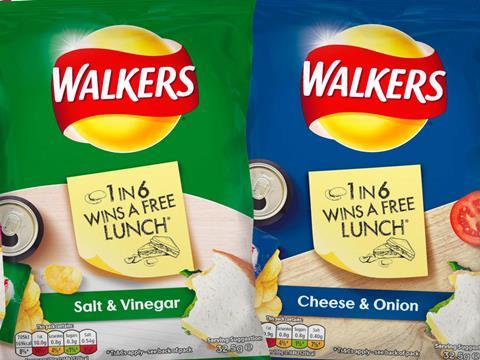
Fourth, codify the secrets of success in each important occasion. Once you know that cereal and toast are dominant at weekday breakfast, you know something about how long consumers will spend on preparation. So ‘ready in two minutes’ is a rule for the occasion. No point in a porridge brand trying to enter, if it doesn’t obey the two-minute rule. Oat So Simple does obey it, and shouts about it.
Finally, apply all of this knowledge to decide which occasions you will target, and what you need to change about your products or communications, to win. In other words start with the occasion and work back to the brand or category, not the other way round.
If this all sounds simple, in many ways it is. We consistently find that consumption occasion is a great way to think about and then to find growth for brands and categories.
Jeremy Garlick is a partner of Insight Traction







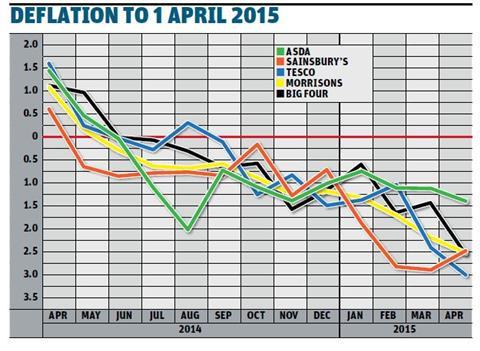

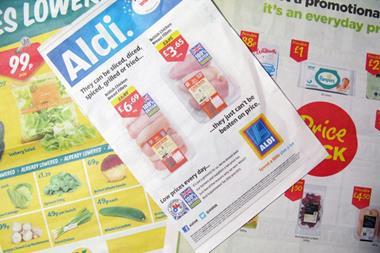

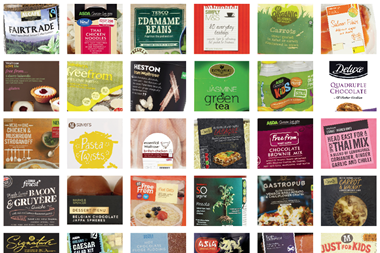

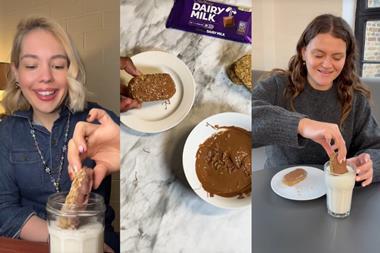
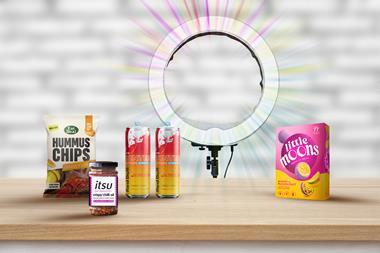





No comments yet